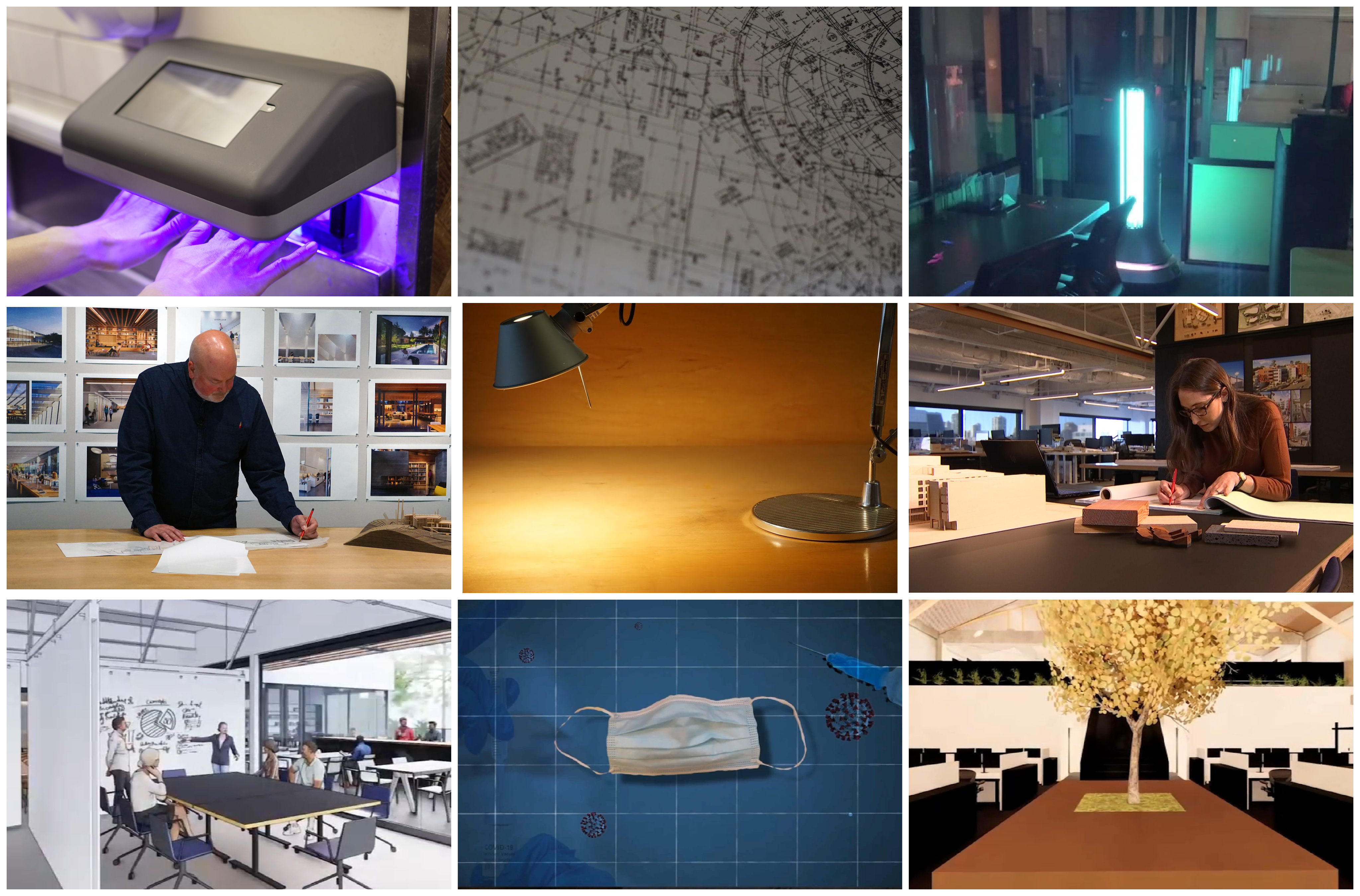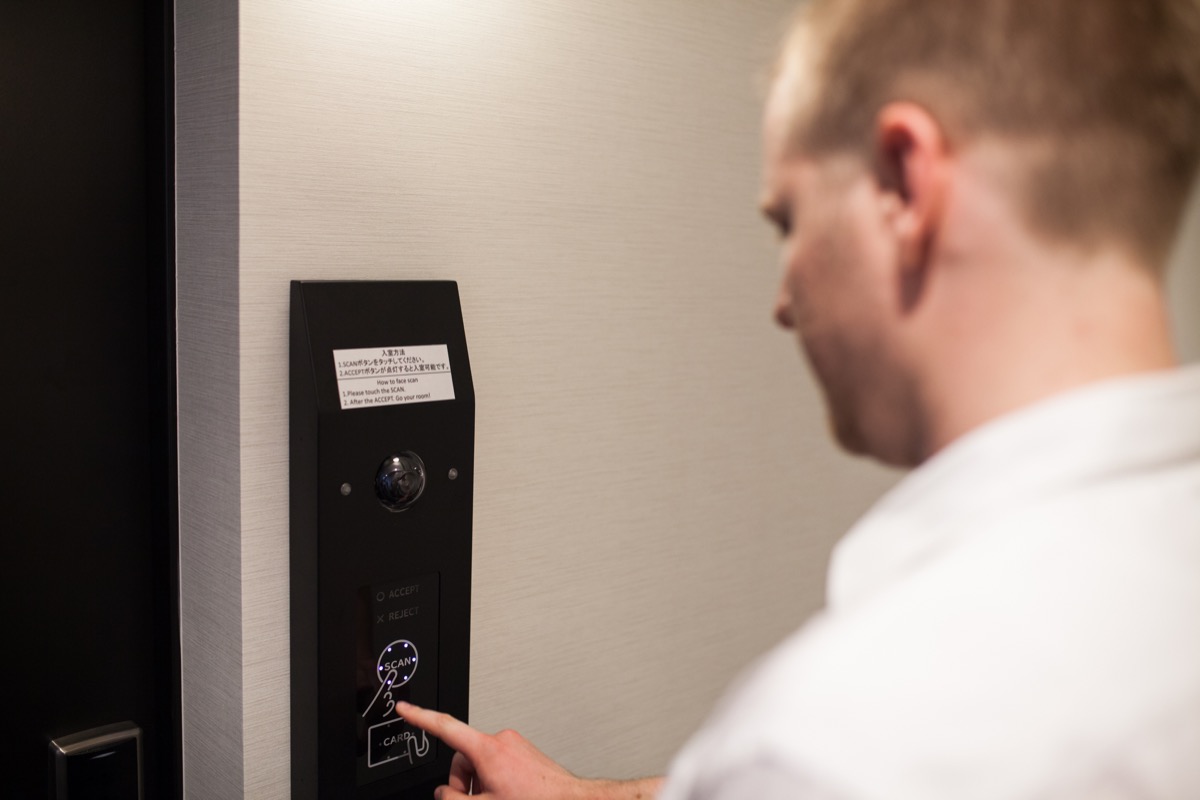As employees and students prepare for their return to offices and classrooms, an NBC Bay Area investigation reveals a surprising lack of oversight regarding indoor air quality, which may have led to more COVID-19 infections and deaths. Experts argue the problem existed well before the pandemic and continues to threaten workplaces and schools across the country.
A lack of education, awareness, and accountability may be leading to hazardous indoor air conditions inside a wide array of buildings throughout the nation. One study found 85% of classrooms had inadequate air ventilation, allowing toxins to accumulate.
People cannot tell that a space is under ventilated.
Theresa Pistochini, Engineering Manager at the UC Davis Western Cooling Efficiency Center
“People cannot tell that a space is under ventilated,” said Theresa Pistochini, Co-Director of Engineering at UC Davis and an expert on air ventilation and filtration systems. “It's extremely difficult. We can be walking around in these spaces with…just no awareness.”
Pistochini, who helps run the Western Cooling Efficiency Center and the Energy Efficiency Institute at UC Davis, says indoor spaces are often loaded with a cocktail of chemicals that either “gas off” from building materials or are brought in from the outdoors.
“We're all breathing these respiratory aerosols,” she said. “So the purpose of ventilation is to dilute all of that.”
Many products used in offices, such as cleansers and pesticides, can emit dangerous pollutants, so its critical the building's heating and cooling system ventilate and filter air effectively, according to the Environmental Protection Agency.
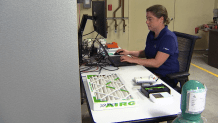
The Office of the Future
Watch these previous Investigative Unit stories to learn more about how office buildings are utilizing new technology to transform their spaces into safer and innovative work stations for employees
To explain the power of air filtration and ventilation, Pitstochini suggests imagining what it would take to clean a swimming pool after someone tossed mounds of glitter into the water.
Get a weekly recap of the latest San Francisco Bay Area housing news. Sign up for NBC Bay Area’s Housing Deconstructed newsletter.
“You can dump some of that pool water with the glitter and bring in fresh water -- that's what ventilation is,” she explained. “Or, you can run your water through a filter and pull out the little particles,” she said, adding that if that filtering and dilution does not happen, “aerosols will just build up and build up and build up and you have no way to get them out.”
Pistochini and her colleagues at UC Davis have also posted animated videos to thoughtfully explain the significance of both air filtration and ventilation.
Experts Warn 'Inadequate Ventilation' is Common Problem
Pistochini said there remains a surprising lack of oversight when it comes to air quality in buildings. For example, she says, offices do not have to prove they regularly inspect their ventilation and filtration systems.
When Pistochini examined 94 school classrooms in California, she found 85% did not have adequate ventilation, even though their heating and cooling systems were recently installed.
"Increased oversight of HVAC replacements, or other ways to address widespread inadequate ventilation in California classrooms, are needed, likely through state intervention," said Pistochini, following the release of her 2019 study.
Other studies have shown increasing ventilation rates can lead to "statistically significant improvements" in both health and student performance, according to research collected by UC Davis.
Pistochini now suggests installing carbon dioxide monitors in all buildings, from schools to offices. They cost about $100 and let you know if there are high levels of carbon dioxide in the air – that’s usually an indication of poor ventilation, so the monitors could help warn you about potentially dangerous conditions.
“If we had dealt with all these ventilation infiltration problems before the pandemic...we might have had less closures, less lock downs - we might have had less people die,” said Pistochini. “Poorly ventilated buildings increase the infection rate.”

Tech Firm GitHub Spends Millions to Protect Employees and Provide Innovative Workspaces
While free food, games, and massages have previously some of the most talked about ‘office extras’ in Silicon Valley, now cleaner air, flexible workspaces, and the opportunity to work remotely are attracting much of the spotlight as employees begin the migration back into the office.
Improving indoor air quality and embracing a more hybrid work environment are top priorities for GitHub, a San Francisco-based tech company that boasts 2,300 employees across seven different offices, including four abroad.
“We've worked with our building management at all of our sites across the world to ensure that we have the highest grade of air filters in place," said Erica Brescia, the company’s Chief Operating Officer. "We're keeping operable windows open whenever possible.”
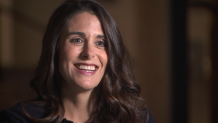
GitHub underwent a multi-million dollar renovation at its San Francisco headquarters during the pandemic, aiming to create a safer and more innovative environment for a post-pandemic workforce.
You need to be able to support the diverse ways that people want to work and give them flexibility. I really believe that flexibility is the key.
Erica Brescia, Chief Operating Officer for GitHub
The company expects more than 80 percent of its employees to continue working remotely - indefinitely. Brescia says the company began embracing remote work long before the pandemic, allowing about 70 percent of its workforce to log in remotely prior to Covid-19.
"We expect most people who used to come into the office every single day to come in two to three days a week," Brescia said. "You need to be able to support the diverse ways that people want to work and give them flexibility. I really believe that flexibility is the key.”

As a result, the company has outfitted more meeting rooms to better handle video conferencing. There are bigger screens, so those not in the room appear just as large and represented as those attending in person.
GitHub also constructed a new amphitheater, stage, and control booth that can easily stream company meetings to other employees working remotely.
"The way that people work is changing forever,” Brescia said. “This is just accelerated a trend that was inevitable and I think companies that don't understand that are really going to fall behind.”
Walking through the GitHub offices in San Francisco’s SOMA district, it’s impossible not to notice the extensive network of metal ducts that support the building’s heating and cooling network. At the heart of the building’s HVAC system are newly replaced air filters, which are designed to improve air quality by keeping out dust, bacteria, and other harmful particles.
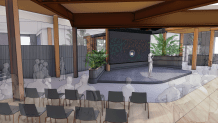
Which Air Filter Should Your Office Use?
Air filter quality is measured on a 1 to 16 scale through what's known as a MERV rating – Minimum Efficiency Reporting Value. Filters with the largest ratings can block the smallest particles. The highest rated filters are generally reserved for hospitals and other medical facilities. Prior to COVID, most office buildings relied on a 6 or 7 MERV rating, but now international guidelines suggest workplaces upgrade to a MERV 13 air filter.
ASHRAE, a global society that advocates for energy efficiency and indoor air quality within the heating and cooling industry, released that air filter recommendation as well as other suggested safety protocols during the height of the pandemic last year. MERV 13 air filters are able to block more than 85 percent of fine particles that measure between 1 to 3 microns -- that's about 30 times smaller than a single strand of hair, according to the Environmental Protection Agency.
The EPA also has its own list of tips and resources to ensure safe indoor air quality inside office buildings.
Office Safety Questions to Ask Your Boss
- Are our building's air filters rated MERV 13 or higher in accordance with international recommendations?
- Are routine inspections performed on our office's heating and cool systems?
- Are carbon dioxide or other types of air quality monitors installed in the building? If so, can employees have regular access to those results?
As part of its renovation, GitHub installed new MERV 13 air filters at its San Francisco headquarters.
“We built these spaces to give employees a place to come together and collaborate,” said Brescia. “If they don't feel safe, they're not going to do their best work, so what's the point?”
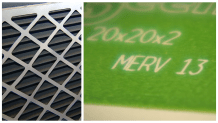
Demand for 'Healthy' Buildings Likely to Grow Over Next Three Years
Ninety-two percent of building owners expect the demand for healthy offices to continue to grow over the next three years, according to a survey by the Center for Active Design.
"[Customers] want the air to be clean – I hear that pretty often," said Pablo Richards, who owns San Francisco Heating and Cooling. "Even with the vaccine, people are still concerned about air quality."
San Francisco Heating and Cooling, which installs and services air conditioning and heating units across the Bay Area, tells the Investigative Unit business is up 50 percent compared to just before the pandemic. Some businesses are even asking for $1,500 ultraviolent lights to be installed in the air ducts to help kill airborne diseases like COVID-19.
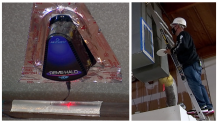
Amid Lack of Oversight, 'Voluntary' Guidelines Seek to Fill Gap, Improve Air Quality in Buildings
For more than 20 years, the U.S. Green Building Council has offered its “LEED certification” as a way to recognize environmentally friendly buildings. However, it recently expanded to now include pandemic-inspired recommendations such as new protocols for disinfecting the office and regular maintenance checks of your heating and cooling systems.
“We may see some of those practices become part of building code and really drive mandatory practices within buildings,” said Melissa Baker, senior vice president with the US Green Building Council.
Since LEED's new Covid-related building recommendations first launched in June 2020, at least 65 construction projects have been certified for following the new guidelines and another 356 are still pending. While those 421 projects only represent about 10 percent of the total amount of projects that sought LEED certification during the pandemic, Baker is optimistic more businesses will eventually opt to adopt the pandemic-inspired guidelines.
I think we all, as individuals, have to care ... so that we can be sure that when the next time comes, or whatever happens next, we are ready and our buildings are ready to support us.
Melissa Baker, senior vice president with the U.S. Green Building Council
"That's our hope, at least, that it does become common practice," Baker said. "I think we all, as individuals, have to care ... so that we can be sure that when the next time comes, or whatever happens next, we are ready and our buildings are ready to support us."
If enough public demand grows for the recommendations, state and local lawmakers could eventually take notice and ultimately decide to make those voluntary guidelines mandatory by incorporating them into future building codes.
"Hopefully, someday, we'll put ourselves out of business," Baker said. "I don't think we're there yet."

Building Codes Boast Little Authority Over Existing Office Spaces
While building codes do require businesses to have their air conditioning and heating systems inspected prior to opening, those state and local regulations often don't carry much authority once a facility passes the initial permitting process and is allowed to open its doors. Those codes largely govern new buildings and often don't exercise much authority over existing structures.
"A building is a lot like a car," Baker explained. "If you don't change your filters, if you don't change the oil...you're going to see poor performance.”
Safety Precautions Vary Widely by Company
Each building is expected to perform periodic maintenance on its own, with little or no oversight, according to industry experts. Unlike mandatory fire or elevator inspections, there are no regulations requiring special inspectors to perform routine maintenance assessments of a building's air ventilation or filtration systems.
"We should be asking [building operators] to prove it," said Pistochini. "How do you know that your building is well ventilated and filtered? What evidence can you provide?"
For now, it’s up to individual businesses to decide what kind of protections they want in place at the office, and how much they’re willing to pay for it.

At GitHub, Erica Brescia says it’d be too costly not to buy in to the changes.
“Covid isn't the only thing that makes us sick,” said Brescia. "I'm very optimistic that with all the additional measures that we've put in place, we'll be able to help keep employees healthier during flu season and other ailments that pass through.”
Watch Our Entire Investigative Series
- Part 1: What Will Offices, Homes Look Like Post-Pandemic
- Part 2: Worried About Returning to Work? Here's What to Ask Your Boss
- Part 3: Schools Spent Millions to Clean Indoor Air, Now Some Fear Technology is Dangerous
submit tips | 1-888-996-TIPS | e-mail Bigad

